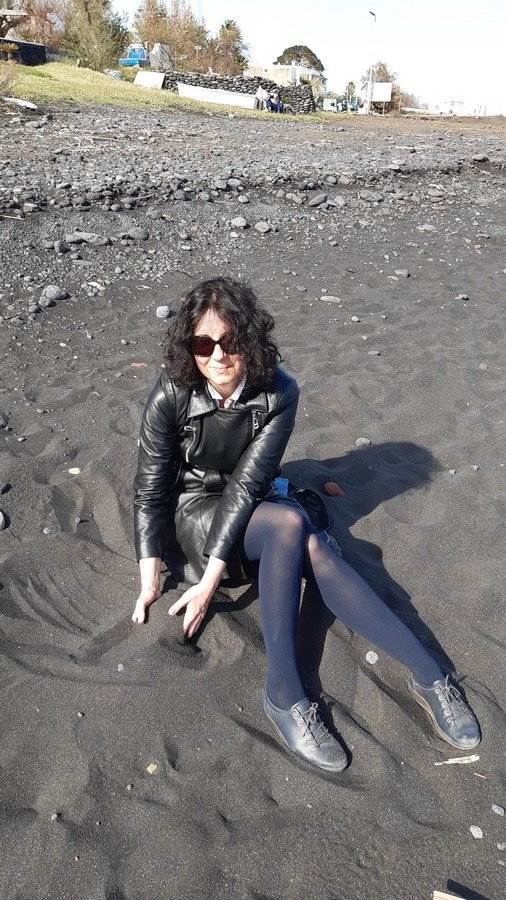
Stromboli is a small island in the Tyrrhenian Sea, off the north coast of Sicily. Basically, it is a volcano, one third of which is visible above water. The volcano is active and the island is inhabited. There are three villages with a total population of about 500 people. There is a regular ferry service to Stromboli from Sicily. It takes about two hours to get to the island.
Our first attempt to catch a ferry failed. It looked like we had enough time, but we got a little carried away flying a drone around Milazzo Castle. We arrived at the port just in time, but did not find parking. If you travel by car, you will have to leave it in Sicily, as ferries do not take cars.
It turned out we were lucky to miss that ferry. A terrible storm hit the island the following day. The ferry company cancelled our would be return trip. We could have been stranded on a small island without a chance to explore it. Eventually, we had our return tickets refunded and we managed to reschedule the hotel booking. Our second attempt worked out great.
The island is really small, therefore there are no wide roads and there are no cars - only golf carts and three-wheeled scooter trucks. For 10€ a golf cart taxi can take you to your hotel. And Italy is Italy - even such a small village as San Vincenzo with no actual cars has its own ZTL (limited traffic zone).

Stromboli is an active volcano. It breathes smoke, makes noises and spits fire every now and then. It has been in this state for the last 2000-5000 years. However, the eruptions are not visible from the village. Locals offer boat rides to the other side of the island where one can behold the "Lighthouse of the Mediterranean". It is not cheap (for the three of us the price was 120€), but it is worth it.

Here is our short video of what an explosive eruption looks like at night.

We visited Stromboli in the middle of March. It is not a tourist season, and nightlife is non-existent, but the night sky is really impressive. We do not have a photo, so, please, trust us. You can never see the sky like that above city lights.
Volcanic islands feature signature black sand. It is sparkling black because it is formed by volcanic materials such as lava, basalt rocks, and other dark-coloured rocks and minerals.
Italy has three active volcanoes (Stromboli, Etna, Vesuvius), and we visited them all. More stories coming soon!
All photos and videos were captured by us.